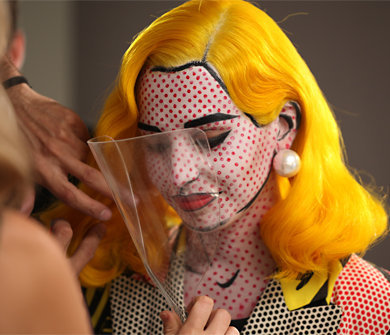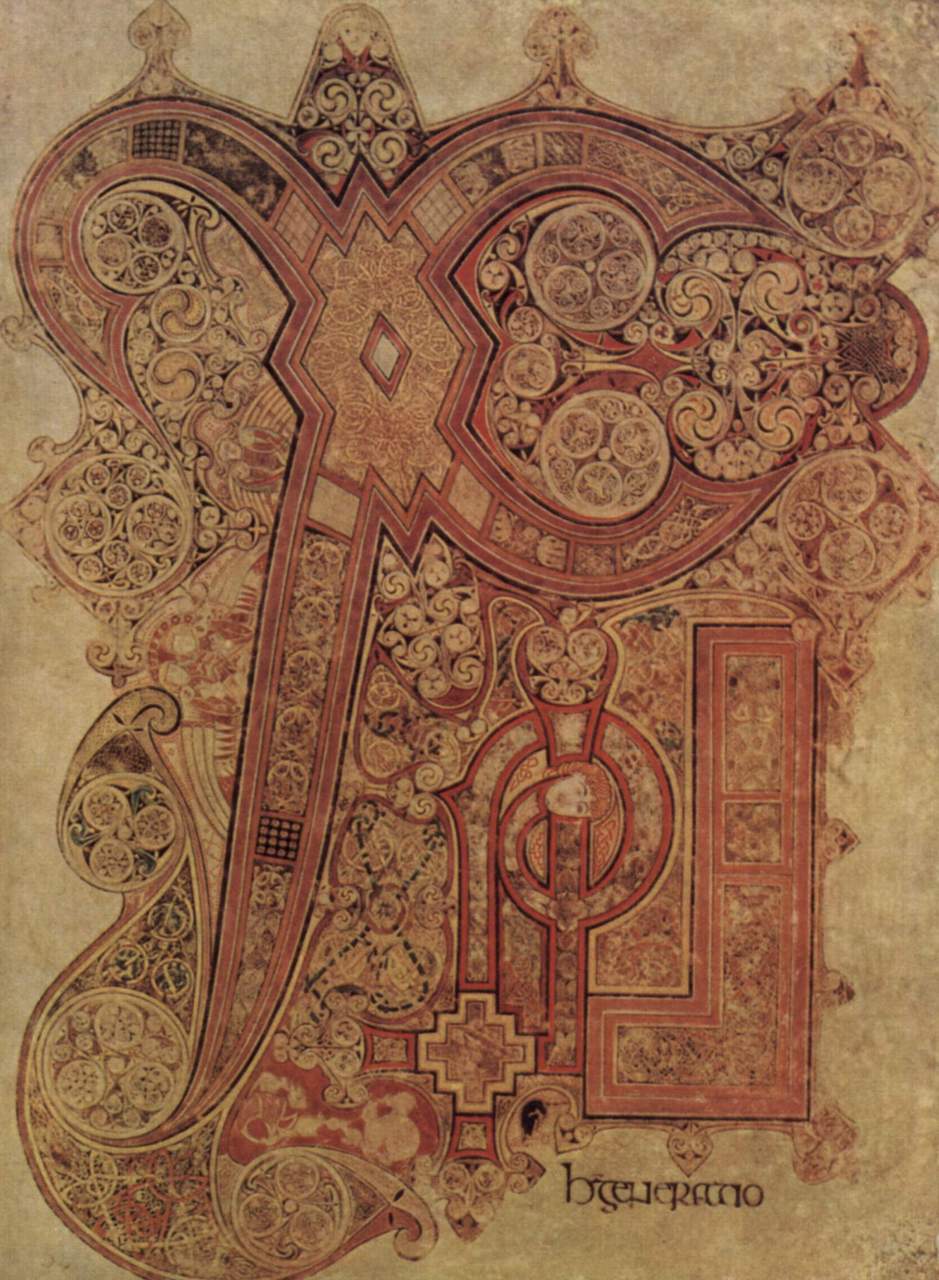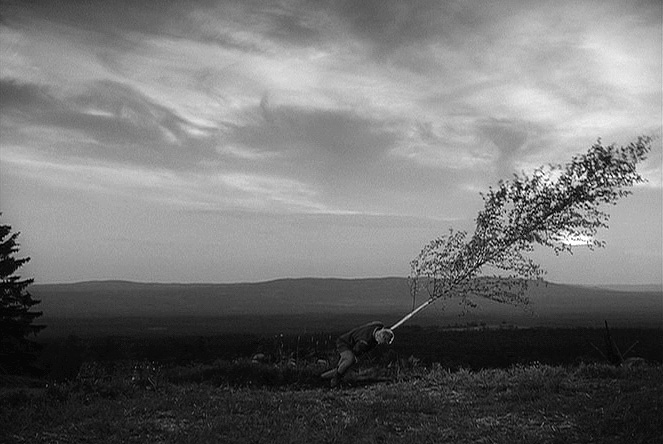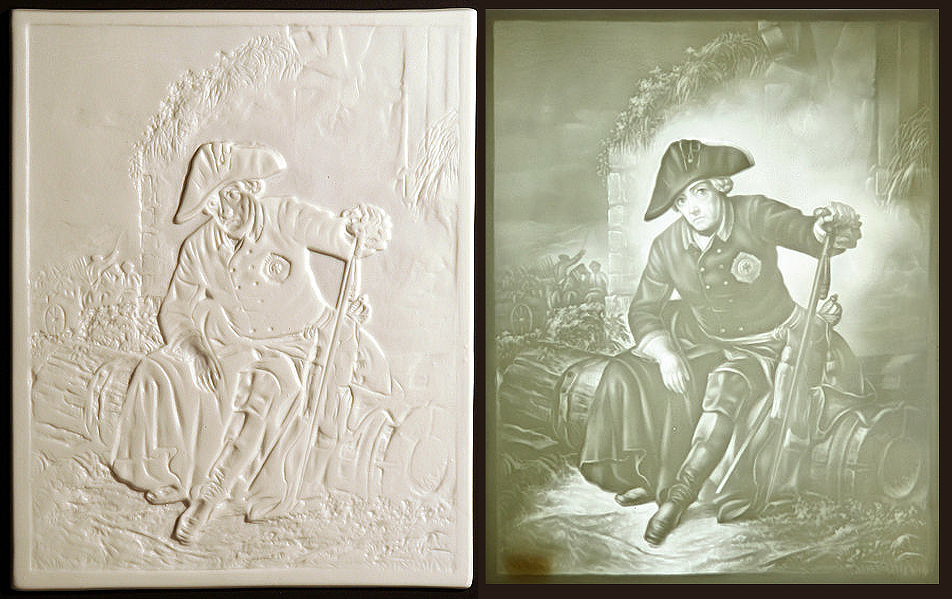A dog, a cyclops, and others kill some time with the help of wormholes and hobbyist self-modification. Made in 2008.
Pellet Gunn by Tim Beckhardt. Not 100% sure that I get the full story, but it’s great in a non sequitur, underground comix sort of way. His line work and hand-filled blacks are nicely composed, and the animation is fun. Extra points for the Philip Guston painting in the background.





